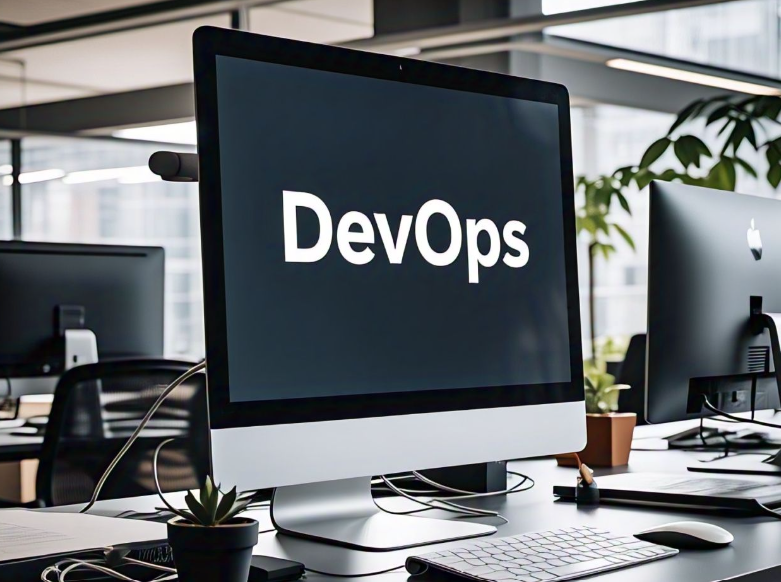In today’s fast-paced digital world, software development and delivery need to be faster, more reliable, and more efficient than ever before. Two popular methodologies that help organizations achieve this are Agile and DevOps. While both aim to enhance productivity and streamline processes, they focus on different aspects of the software development lifecycle.
Let’s break down the key differences between DevOps and Agile, and understand how they complement each other in modern software development.
What is Agile?
Agile is a project management and software development approach that emphasizes:
- Iterative development
- Customer collaboration
- Flexibility to change
- Frequent delivery of working software
Agile focuses on breaking large projects into smaller, manageable tasks, often called sprints (usually 1–4 weeks long). This allows teams to receive feedback early and often, adapt to changes quickly, and continuously improve the product.
Popular Agile frameworks include Scrum, Kanban, and Extreme Programming (XP).
What is DevOps?
DevOps is a set of practices and cultural philosophies that bridge the gap between software development (Dev) and IT operations (Ops). The goal of DevOps is to:
- Automate and integrate the processes between development and operations
- Enable continuous integration, delivery, and deployment (CI/CD)
- Improve collaboration and communication across teams
- Ensure faster, more reliable software releases
DevOps relies heavily on tools that automate workflows, monitor performance, and maintain infrastructure (e.g., Jenkins, Docker, Kubernetes, Terraform).
Key Differences Between DevOps and Agile
| Aspect | Agile | DevOps |
|---|---|---|
| Primary Focus | Development process & customer feedback | End-to-end software delivery, including deployment |
| Goal | Deliver working software incrementally | Deliver software quickly, reliably, and sustainably |
| Team Structure | Cross-functional development teams | Collaboration between development & operations teams |
| Practices | Scrum, Kanban, Stand-ups, Sprints | CI/CD, Infrastructure as Code, Monitoring, Automation |
| Tools | Jira, Trello, Confluence | Jenkins, GitLab CI, Docker, Kubernetes, Ansible |
| Feedback Loop | From customers during development | From systems during and after deployment |
| Release Frequency | Every sprint (1–4 weeks typically) | On-demand or multiple times a day (continuous delivery) |
| Automation | Limited (focused on build/test) | Extensive (CI/CD, infrastructure, monitoring) |
Do DevOps and Agile Compete or Complement Each Other?
Many assume it’s an either-or choice between Agile and DevOps — but that’s a misconception. In reality, they complement each other:
- Agile focuses on how software is developed.
- DevOps focuses on how software is released and maintained.
An organization can use Agile for development cycles and DevOps for delivery and operations, creating a complete, efficient software pipeline.
Final Thoughts
Both Agile and DevOps are essential pillars of modern software development. Agile helps teams build the right product through rapid iterations and customer feedback, while DevOps ensures that the product is delivered quickly, reliably, and at scale.
If your goal is to boost collaboration, speed up delivery, and improve software quality, adopting a combination of Agile methodologies and DevOps practices is the way forward.

